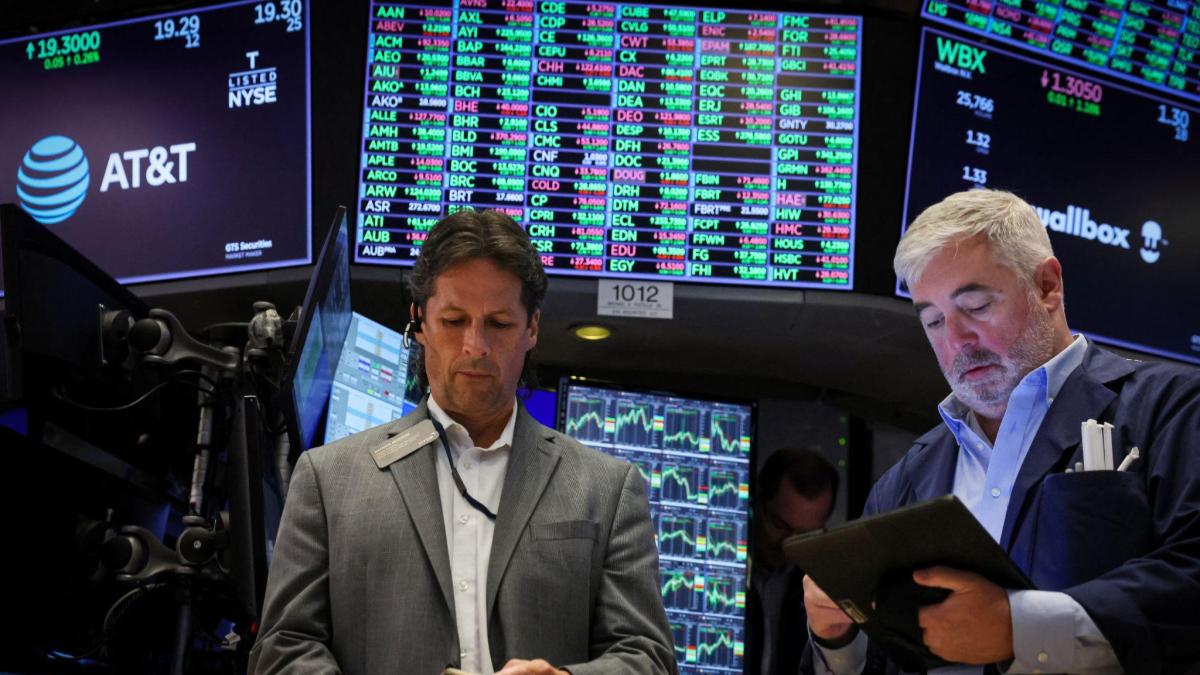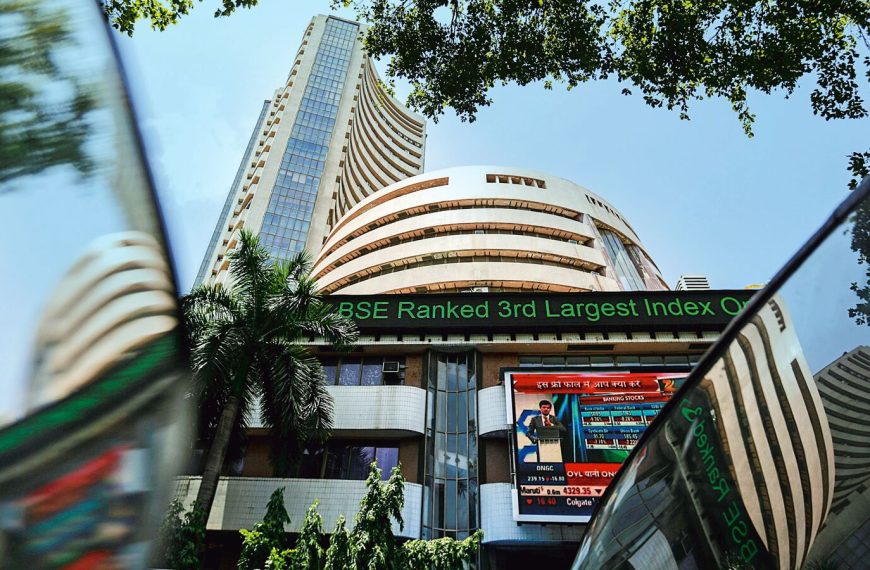In a surprising turn of events, global stock markets seem to have regained some stability after weeks of uncertainty. According to the brokerage firm UBS, this may merely be a brief respite before further turmoil arises. Investors are cautiously optimistic following a significant rally in the S&P 500, which surged 9.5% in a single day—the largest gain since the 2008 financial crisis—after U.S. President Donald Trump announced a 90-day suspension of tariffs for countries that had not retaliated against previous trade actions.
Global Markets React Positively
This unexpected policy shift has ignited optimism in Asian and European markets, with many indices turning green. However, UBS warns that the situation remains precarious, particularly with China facing ongoing challenges. The brokerage firm emphasizes the need for investors to remain vigilant despite the temporary market uptick.
- China Excluded from Tariff Relief: The largest U.S. trading partner was notably left out of the tariff suspension, with Trump increasing tariffs on Chinese imports from 104% to 125%. A new 90% tariff on smaller packages from China continues to loom, affecting an estimated $40-45 billion worth of e-commerce shipments each year.
Trump’s Strategy: Escalate to De-escalate
The UBS report describes Trump’s approach as “escalate to de-escalate,” designed to bring nations to the negotiating table. They noted, “Trump’s announcement opens the door for potential tariff reduction negotiations with several trading partners.” In their base case scenario, which they assign a 50% probability, UBS anticipates that while tariffs may rise in the short term, mounting political and economic pressure could lead to gradual reductions.
Three Potential Market Scenarios
UBS outlines three possible trajectories for the markets moving forward:
-
Base Case: Stabilization and Recovery
- With supportive policies such as potential Federal Reserve rate cuts, the S&P 500 could rebound to 5,800 by the end of the year, while 10-year Treasury yields might dip to 4.0%.
-
Upside Scenario: Trade Truce and Tech Boost
- Should trade tensions ease and economic growth remain steady, alongside an ongoing focus on AI and innovation, the S&P 500 could soar to 6,500.
- Downside Risk: Hard Landing
- If the pause fails and tariffs are reinstated, a recession could ensue, pushing the S&P 500 down to 3,500-4,500 and driving yields to 2.5% as investors flock to safer assets.
Bond Market Shows Mixed Signals
While equity investors celebrated the news, bond markets reacted with volatility. The yield on the 10-year U.S. Treasury fluctuated significantly, moving from 3.87% on Monday to a peak of 4.51% midweek before stabilizing around 4.3%. UBS attributed this turbulence to foreign selling, hedge funds unwinding leveraged positions, and a rush for liquidity, although a successful government auction later helped ease concerns.
Strategic Insights for Investors
UBS encourages investors to use this market rebound as an opportunity to reassess their strategies. They advocate for the use of macro, relative value, and multi-strategy hedge funds to mitigate risks in volatile conditions. With recent softening in gold prices, UBS sees a chance for investors to strengthen their inflation hedges and diversify their portfolios, suggesting that gold prices could reach $3,200 per ounce in their base case.
Additionally, the brokerage remains optimistic about its TRIO framework, focusing on long-term investments in Artificial Intelligence, Longevity, and Clean Energy. In the currency markets, UBS identifies opportunities amid elevated volatility, recommending trading strategies that target near-term ranges for key currency pairs like EUR/USD (around 1.10), USD/CHF (around 0.86), and GBP/USD (around 1.31).
With these insights, investors can navigate the current market landscape more effectively and prepare for potential shifts in the coming months.











